A fisheye lens is like a wide-angle lens, but a lot larger. The shape of the lens causes the camera to produce images using extreme visual distortion so that they appear hemispherical or as very wide panoramas. The angle of view of standard lenses, which is thought to be near that of the human eye, is approximately 50º, while that of a 15mm fisheye lens is 180º (diagonally across the frame in the 35mm format). This means that almost everything that is in front of the camera is included in photographs taken by fisheye lenses.
Because fisheye lenses put everything within an angle of view of 180º onto an image sensor or film, there is much distortion around the edges of the photograph. All straight lines outside of the center of the photograph become curved. The stronger the hyperfocal effect, which puts everything in the picture into focus, the larger the objects at the center appear. Meanwhile, objects near the edges of the frame are extremely warped, creating a tremendous feeling of perspective.
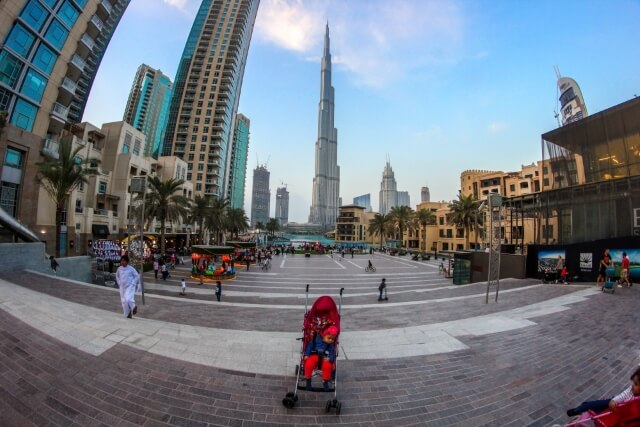
Although distortion can be annoying most of the time, you may try to use fisheye distortion to your advantage, by finding scenes in which the fisheye effect actually adds something to the scene. When used right, fisheye distortion can be pleasing to the eye and can be referred to a normal wide-angle lens. Try to use the distorted lines and curves to get something creatives.
The lens got its name in 1906 based on how the physicist and inventor Robert Wood figured a fish would see the surface from beneath the water with a wide, hemispherical view. He wrote an article in that year under a title “Fish-Eye Views and Vision Underwater.”
To understand what Wood described, take a chopstick and stick it into a glass of water. The straight piece of wood will appear to bend where it enters the liquid; this is an illusion caused by refraction, light bending as it goes from one medium (air) to another (water). This is the fundamental phenomenon that allows a fisheye lens to reach far to the sides of a scene and pull in the visual information at the edges of the frame.
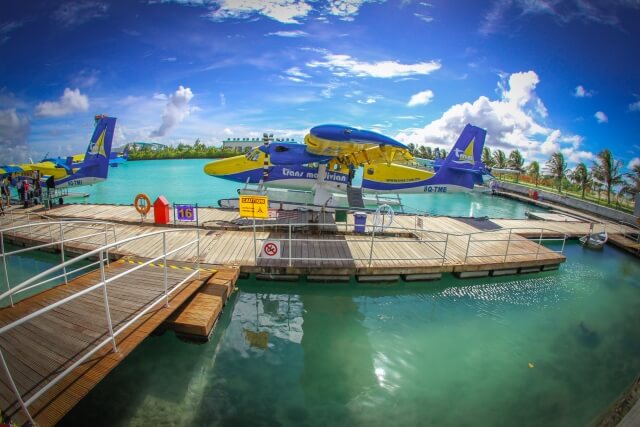
Rectilinear vs. Fisheye perspective
‘Rectilinear’ and ‘Fisheye’ are two different optical designs for wide-angle lenses, resulting in very different looks. When a lens projects a three-dimensional scene onto a two-dimensional sensor, not all geometric properties of the original scene can be maintained. This is essentially the same problem as mapping the shape of the continents of our three-dimensional globe onto a two-dimensional map. The choices of lens design, focal length, and distance to the subject determine the character of this mapping, which is commonly referred to as perspective. For wide-angle lenses, the lens designer must make a choice between rectilinear or curvilinear lenses (fisheye lens design), with different consequences for perspective. The most obvious differences can be seen in how straight lines and objects at the edge of the frame appear.
Since the human eyes judge distance by the way elements within a scene diminish in size and the angle at which lines converge, most lenses are designed to duplicate those “natural” geometric relationships on the digital sensor of the camera. This is called a rectilinear perspective, and to achieve it the lens will stretch the image so that vertical, horizontal and diagonal lines that we perceive as being straight are reproduced as straight lines on the photo.
When comparing fisheye and regular wide-angle lenses, the main apparent difference is coming from the term called barrel distortion. This distortion produces curved lines at the edges of the photo. You will most often notice distortion in architectural images where the lines of the buildings bow outward, away from the center of the image. In portraits, it can make subjects look pudgy or large-headed in comparison to the rest of their body. the below photo demonstrates the idea.
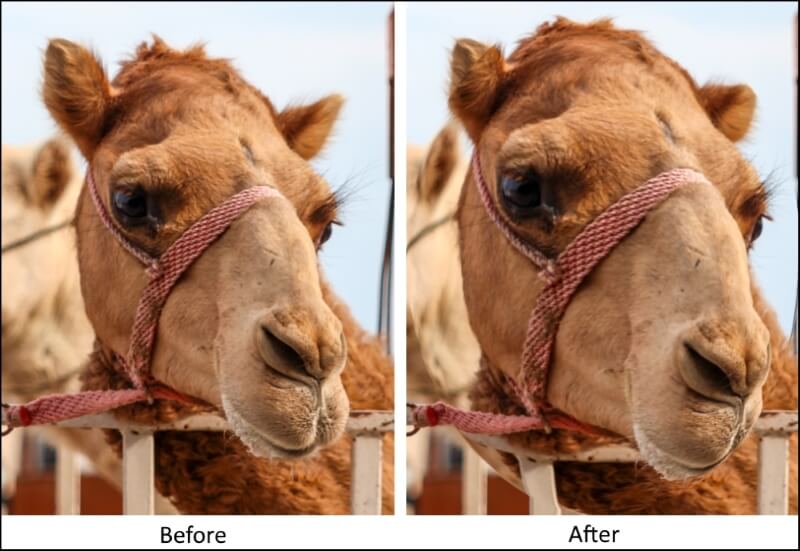
This distortion is considered a negative aspect of cheaper rectilinear wide-angle lenses at their widest settings. You may check my post “How To Correct Lens Distortion – DxO Optics Pro 11 Is The Answer”
However, on fisheye lenses, this is their main feature. That is why they are called “fisheye” lenses, and the barrel distortion should not be viewed negatively. It should be handled in an artistic and creative way.
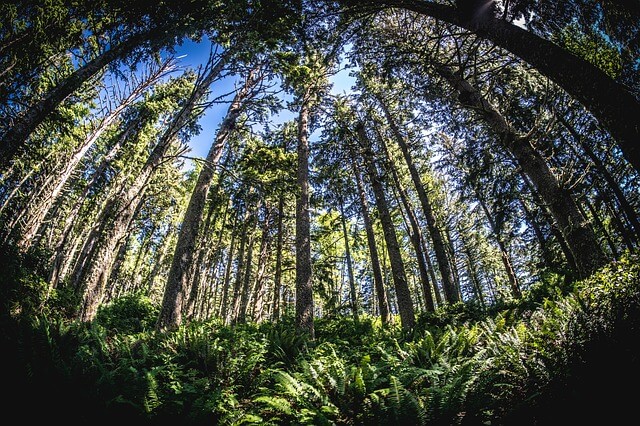
What are the types of fisheye lenses?
There are two main types of fisheye lenses, circular and full-frame. Each produces a very different effect.
Circular fisheye lens
A circular fisheye lens is one which captures a full 180-degree view in all directions. This results in a circular image, with the edges of the frame being black. They are commonly used for artistic purposes such as skateboard photography or for shooting unusual landscapes and cityscapes.
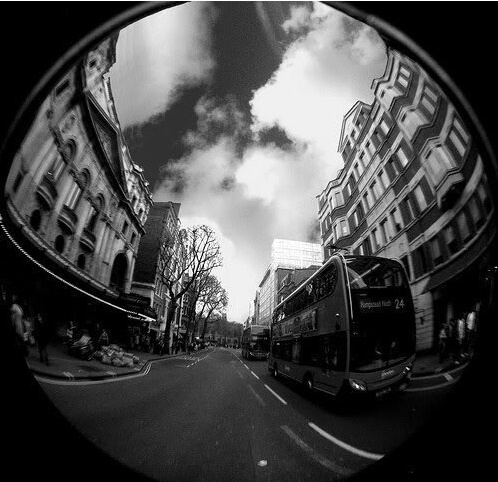
Full frame fisheye lens
A full-frame fisheye lens only captures a 180-degree field of view along its diagonal. The horizontal and vertical sides of the image are less than 180 degrees (typically around 150 degrees horizontal and 100 degrees vertical). They are more suitable for practical purposes such as traditional landscape photography and shooting building interiors.
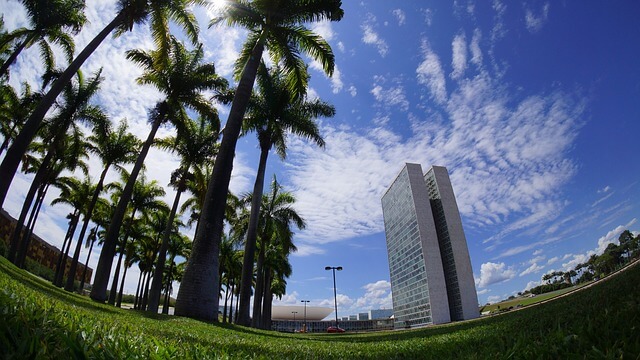
A fisheye lens and focal lens
For full-frame cameras, a typical circular fisheye lens might have a focal length of 8mm to 10mm. Full-frame lenses have slightly longer focal lengths, usually 15mm to 16mm.
As with all lenses, the focal length is effectively increased for cameras with a cropped sensor. To find the equivalent focal length of a lens, you need to multiply its focal length by the camera’s “crop factor”. For example, a 10mm fisheye lens on a camera with a crop factor of 1.5 will have an effective focal length of 15mm. This will produce a narrower field of view.
Because of this, many manufacturers produce fisheye lenses designed specifically for cameras with smaller sensors. These have even shorter focal lengths, sometimes as low as 1mm so that they produce a full 180-degree photo.
A fisheye lens and angle of view
A true fisheye lens is considered to be one that can capture 180 degrees at the widest point. However, some manufacturers sell lenses that go even further, up to 220 degrees.
Fisheye lens and depth of field
Because fisheye lenses capture an extreme angle, they have a very large apparent depth of field. This means that your shots will appear sharply focused from front to back. This makes them ideal for capturing scenes with interesting subjects in the foreground and background.
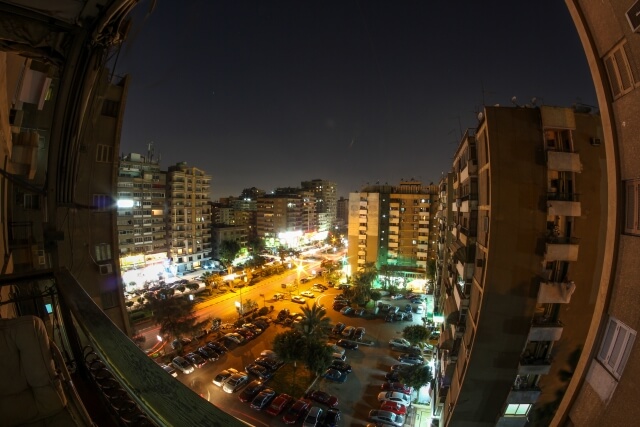
My recommended fisheye lenses
I wrote a post a couple of years ago about “Fisheye Lenses for Canon – Top 5 You Need To Know” and I recommended the following lens
Canon EF 8-15mm f/4L Fisheye
Rokinon FE8M-C 8mm F3.5 Fisheye Fixed Lens for Canon
Canon EF 15mm f/2.8 Fisheye Lens for Canon SLR Cameras
Sigma 8mm F3.5 EX DG Circular Fisheye Lens for Canon DSLR Cameras
Now I’ll update the list and add more recommendations, but you have to keep in your mind, whatever brand you choose to go with, there are a few key differences among the lenses on my list that ought to guide your hand to the perfect selection. The first of these is the focal length. As I mentioned earlier, smaller focal lengths (8mm, say, as opposed to 14mm) will get you wider fields of view with a greater sense of barrel distortion. That width is partially predicated on the size of your camera’s sensor, with smaller sensors multiplying the focal length by that sensor’s crop factor.
Opteka 6.5mm f/3.5 HD Aspherical Fisheye Lens
Product highlights
- EXPANSIVE 180-DEGREE VIEW – The Opteka 6.5mm f/3.5 Circular Fisheye Lens offers an incredibly exciting perspective and takes photography to a range that exceeds the ability of the human eye. Bend the typical view of your photographs and video to the extreme with the ability to capture a full 180-degree panoramic frame. That fishbowl angle, combined with the impressive 11.8-inch focusing distance, allows an incredible depth of field making the 6.5mm the perfect addition to your bag of tricks.
- HD SUPER MULTI-COATED OPTICS – In order to assist with the common and annoying problem of flare and ghosting, Opteka’s Fisheye lens has been coated with a special layer above the optics to reduce this harmful effect. Additionally, a removable petal-shaped lens hood is included reducing further the amount of light directly on the lens. This provides valuable shelter from unwanted light rays helping you to capture ultra-clear and vivid images.
- CONSISTENT AND SHARP IMAGES – Because a single aspherical element is utilized in the lens, this helps to reduce aberrations while maintaining consistent illumination for sharpness around the entire image edge. Because there is so much detail in the frame of the fisheye with its wide-angle view, this welcome addition is a helpful tool to create high-quality and consistent images every time.
- DURABLE HEAVY DUTY CONSTRUCTION – With an aluminum alloy lens mount, a super-strong connection between lens and camera ensures your Opteka Fisheye will hold up against wear and tear and keep you capturing incredible images for years to come.
- INCLUDED – Opteka 6.5mm f/3.5 Circular Fisheye Lens for Canon EF, Front and Rear Lens Caps, Lens Hood, Lens Pouch, 5 Year Warranty
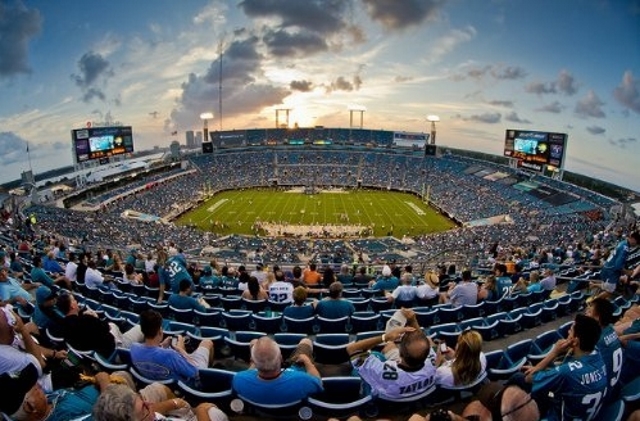
Lensbaby Circular Fisheye 5.8mm f/3.5 Lens for Canon
Product highlights
- Full-Circle Image
- A 185-degree angle of view
- 8mm f/3.5-22
- Extreme close-focus from 1/4″
- Creates unique flare & reflection around image circle
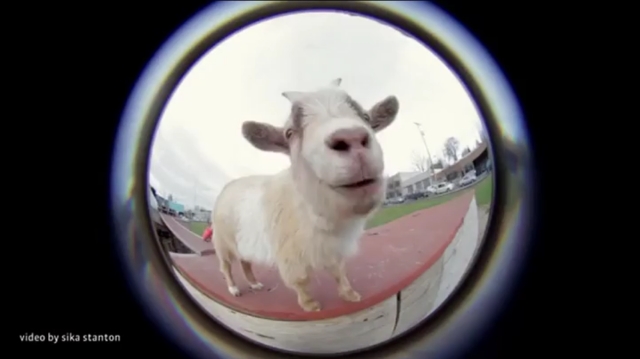
Nikon AF-S FISHEYE NIKKOR 8-15mm f/3.5-4.5E ED 8-15mm f/3.5-29 Body Only Camera Lens
Product highlights
- Widest Nikkor fisheye Lens yet and the first with zoom capability
- Capture EPIC 180 Degree circular images and traditional frame-filling fisheye images
- Close focusing up to 0.5 inches from your subject for macro-style fisheye images
- Weather-sealed design and Nikon’s protective fluorine Coat for use in harsh conditions
- Equally suited for still photography and video work
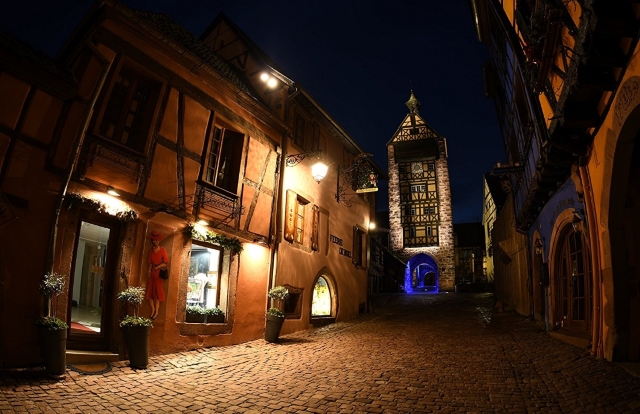
Rokinon 12mm F2.8 Ultra Wide Fisheye Lens for Canon EOS EF DSLR Cameras
Product highlights
- Full frame sensor coverage with extreme ultra-wide 180 degrees angle of view on full-frame cameras
- Nano Crystal Coating System (NCS) + Ultra Multi Coating (UMC) Maximizes Transmission and Reduces Internal Reflections
- Constructed of 12 glass elements in 8 groups with an aperture range of f2.8 – f22
- Includes removable petal-shaped lens hood, lens caps, lens pouch, instruction manual, and 1-year Rokinon warranty
- Minimum focusing distance of only 7.9 inches. Diaphragm blades: 7
Alternatives of the fisheye lens
-
Fisheye converter
There is a cheap alternative to a proper fisheye lens; it is a fisheye conversion lens, often called a fisheye converter. These accessory lenses attach to your existing lens via the filter thread and give you a wider viewing angle. You may have heard about the teleconverter. While the main purpose of a teleconverter is to increase the effective focal length of the primary lens, the fisheye converter does the opposite, it decreases the effective focal lens of the original length.
All fisheye converters have a magnification factor that determines the effective focal length you will get. For example, if you have a 35mm wide-angle lens, a 0.42x fisheye adapter will take this down to around 15mm (35 x 0.42 = 15). This would produce a roughly full-frame image on a 35mm sensor.
However, fisheye converters have serious downsides. They generally produce very poor image quality, with blurred focusing and severe vignetting (darkening around the edges). They also suffer from lens flare, don’t accept filters, and can prevent the lens from zooming.
Fisheye adapters are great fun if you simply want to experiment with fisheye photography, but they should not be seen as a realistic alternative to a proper fisheye lens. The following are two types of fisheye converters that match Canon and Nikon lenses.
Opteka HD2 0.20X Professional AF Fisheye Lens for Canon
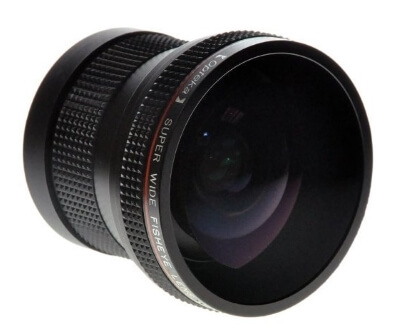
The new Opteka High Definition II .20x Wide Angle Fisheye Converter Lens increases the versatility of your existing lens to provide breathtaking ultra-wide-angle views. And it’s so easy to use and it is great for every type of photographic situation. It converts an 18-55mm lens into a 3.6-11mm Circular Lens.
Product highlights:
- Included – .20x Fisheye Lens, Lens Adapter, 52mm Adapter, 55mm Adapter, 58mm Adapter, Lens Caps, Lens Pouch
- An essential tool for extreme sports and dramatic action shooters
- High-index / low-dispersion optical glass, Fully multi-coated, every element
- Designed to maximize day and night shots by providing maximum light and image
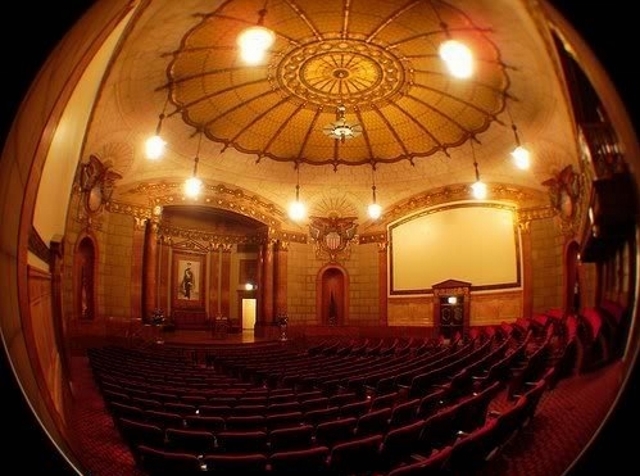
Altura 0.35x Photo HD Fisheye Wide Angle Lens (w/ Macro Portion) for Nikon & Canon
- Easily screws onto the front of your lens, and instantly expands the field of view for outstanding fisheye photography. Features a detachable macro lens for extremely high-resolution close-ups of small objects.
- Lens Compatibilities: Popular 52MM Lens models include NIKON AF-S DX 18-55mm F/3.5-5.6 VR, AF-S DX 55-200mm F/4-5.6 VR, CANON EF-M 18-55mm IS STM, Canon EF 50mm f/1.8 II, Pentax DA 18-55mm f/3.5-5.6 AL WR, Canon EF-M 18-55mm f3.5-5.6 IS STM Compact System Lens.
- Camera Models: NIKON DSLR (D3300 D3200 D3100 D5500 D5300 D5200 D5100 D7100 D7000). Also compatible with the Canon EOS M M3 Compact System Mirrorless Camera EF-M 18-55mm IS STM zoom lenses, EF 50mm f/1.8 II.
- NOTE: PLEASE VERIFY YOUR CAMERA’S LENS THREAD SIZE BEFORE ORDERING. This Fisheye adapter is compatible with 52MM lenses only.
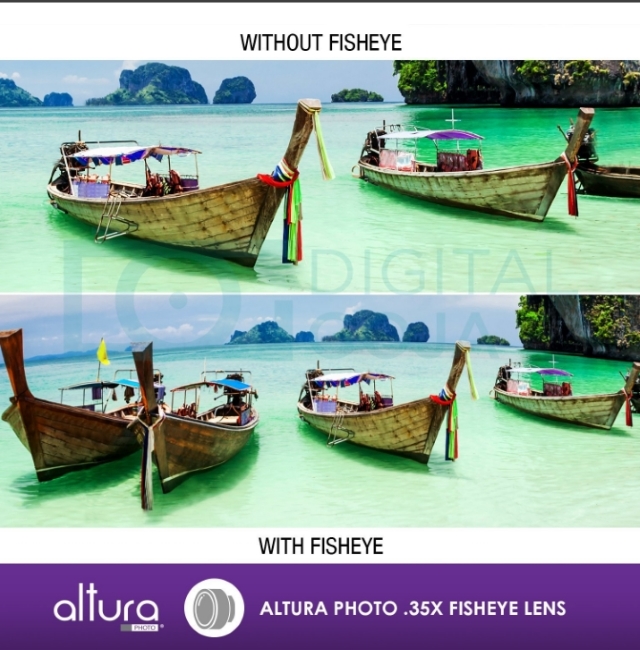
-
Post-processing
A characterized effect of photos taken by a fisheye lens is the existence of a massive barrel distortion that spheres the content and the large circular blackout around the edges of the image itself. To create an image in this style you can use editing software like Photoshop [popup_anything id=”9359″]and simply apply the distortion filter (the Spherical distortion filter). The following photo is a sample photo that is taken with an ordinary wide lens and then processed in Photoshop to introduce the fisheye look.
Related post
Fisheye Lenses for Canon – Top 5 You Need To Know
Thanks for reading, I hope you enjoyed the article if you have any questions just post them below & I will be happy to answer you.
If you enjoy the site, don’t forget to subscribe, we will only inform you when a new article is posted.

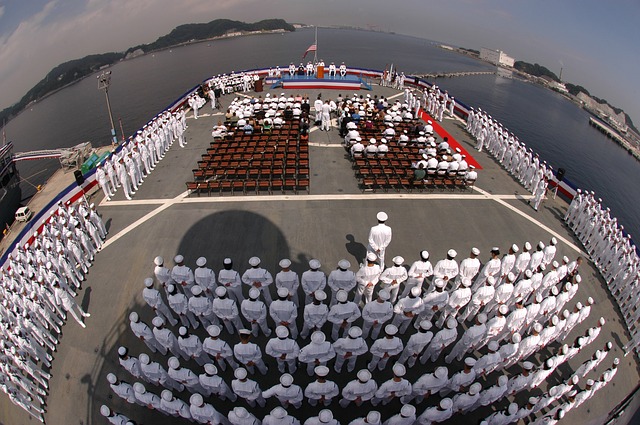



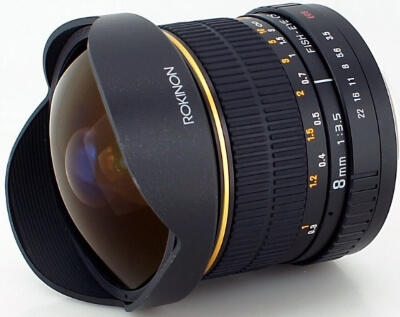
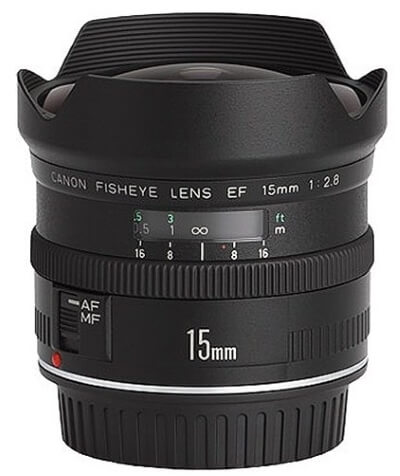
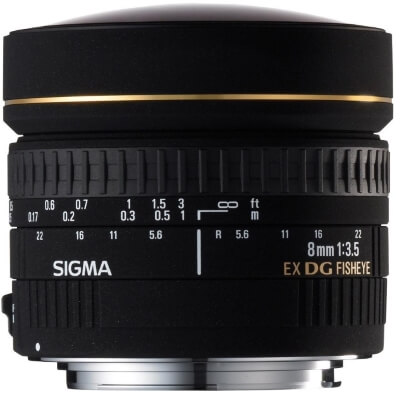
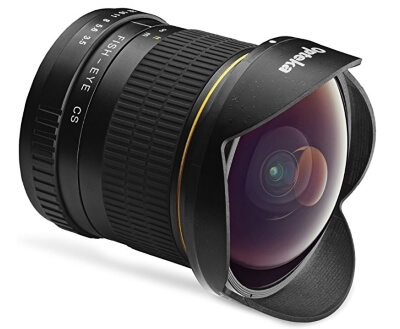
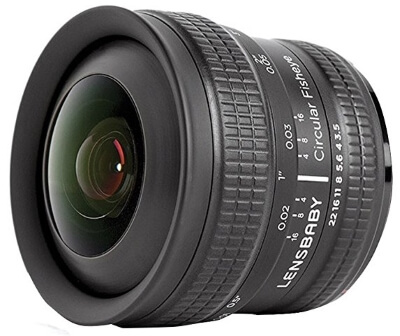

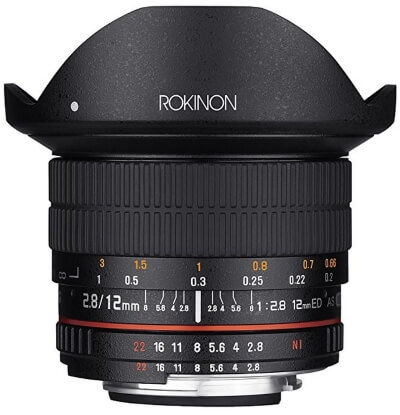
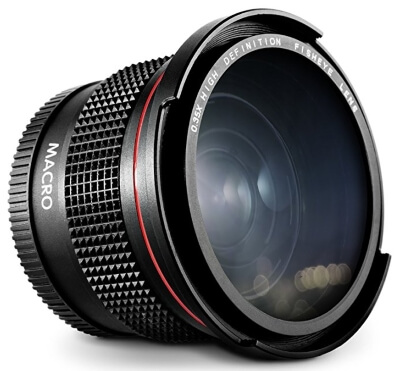

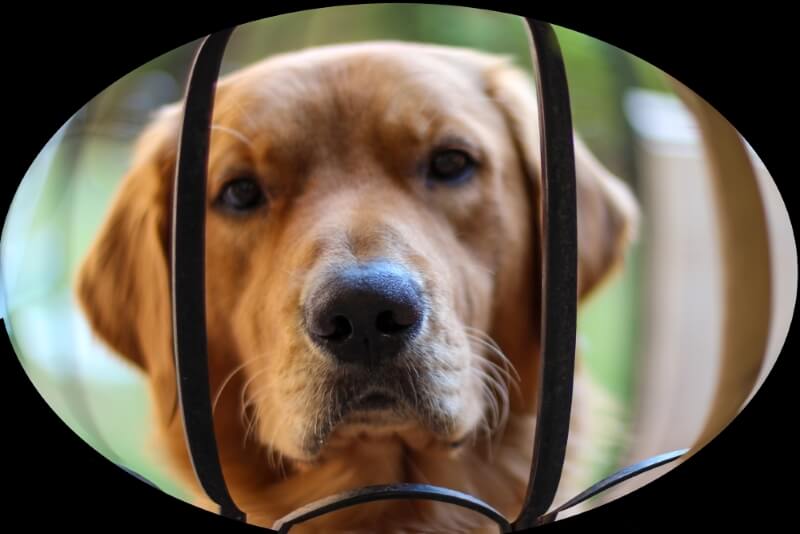

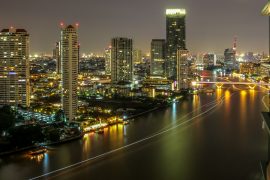


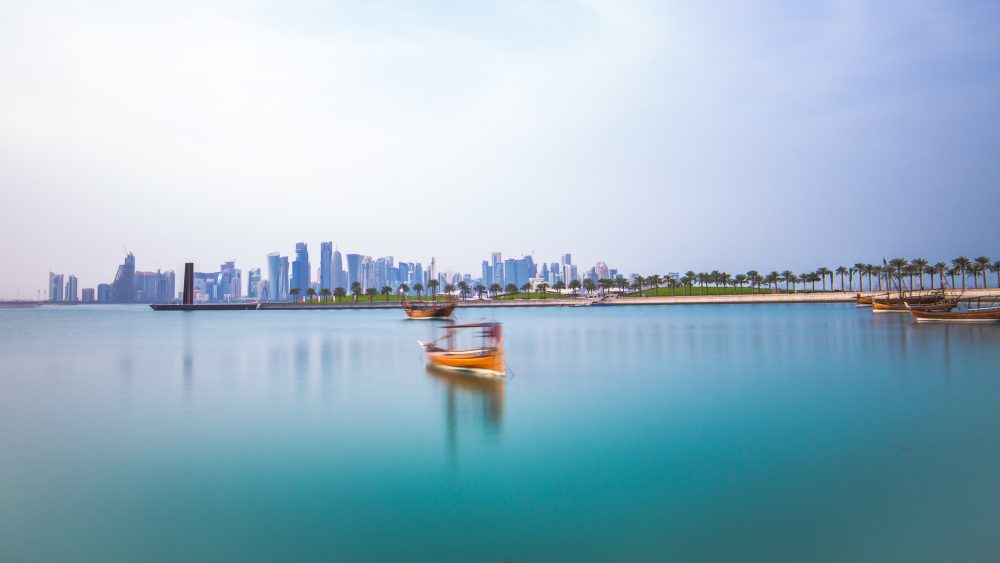
Thank you for this wonderful informative post. I have always wanted to have a good grip on the major difference between Rectilinear’ and ‘Fisheye’. Now I know the major difference and the various options I got to pick the best Fisheye lenses. This post is sincerely helpful. My question is that which of these Fisheye lenses is best for wedding shots?
The fisheye lens can be a valuable tool for utilizing intentional distortion creatively. Able to capture up to 180 degrees of view, they offer an alternative perspective that introduces more of an element of fun.
The more common diagonal (full frame) fisheye is useful for getting that “big-picture” effect and therefore is better suited for a wedding. Consider looking at lenses in the 10-17mm in range and just pick up anyone from my list.
Thanks for your comment.